Info, news & debate
Month: December 2017
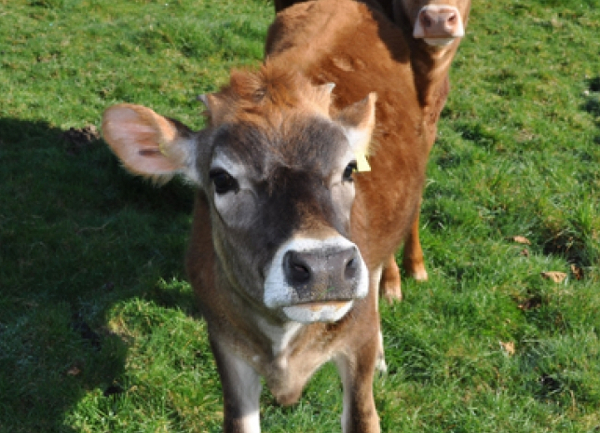
Cow-calf dairying part 8: weaning
This is the last in a series of posts about how to run a small dairy herd without separating the calves from their mothers. This final article is about preparing the cows and calves for a stress-free weaning.

Firestarter: how to get the best from firesteels
Gary Johnston of Jack Raven Bushcraft takes us through firesteels, from which one to choose and how they work to how to use one to make a fire with natural tinders.
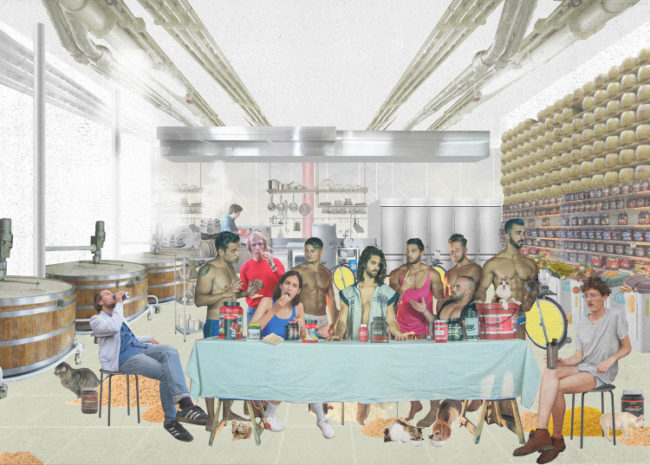
Feeding the Human Power Plant: can calories be carbon-neutral?
We take a look at the food it may take to fuel the great Human Power Plant, an experiment in the making where students of Utrecht University in the Netherlands will power their very own carbon-neutral accommodation block.
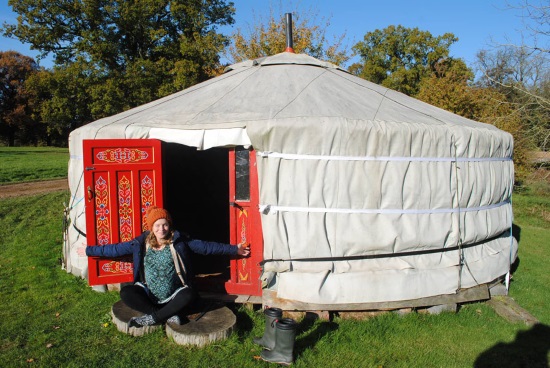
Want to help set up a community-supported agriculture scheme, Jan-Apr, and stay in a yurt next to a river?
Are you feeling like you need a change of scenery for a little while? Feel like you would like to be out in the countryside more? Well how about staying in a cosy yurt with a log burner by the river Avon
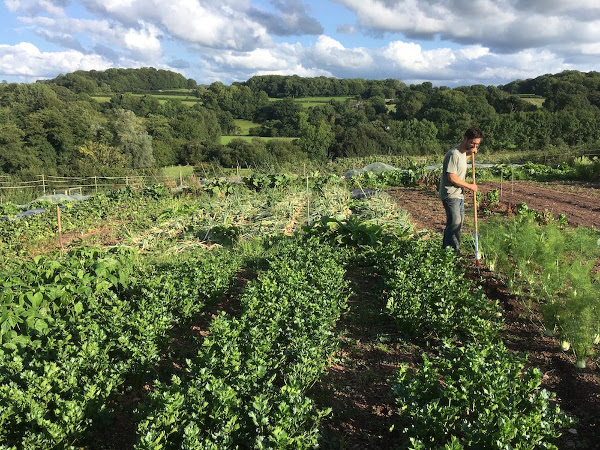
The Ecological Land Co-op are currently recruiting for two new roles
The Ecological Land Cooperative (ELC) is a social enterprise based in Brighton, East Sussex. They exist to create affordable access to land for new entrants to ecological agriculture and mixed farming.

Low-impact strategy webinar: Can we change the world without changing money?
Understanding the money system is key to understanding how the world works, where power really lies, what the implications of that are and what we can do about it.
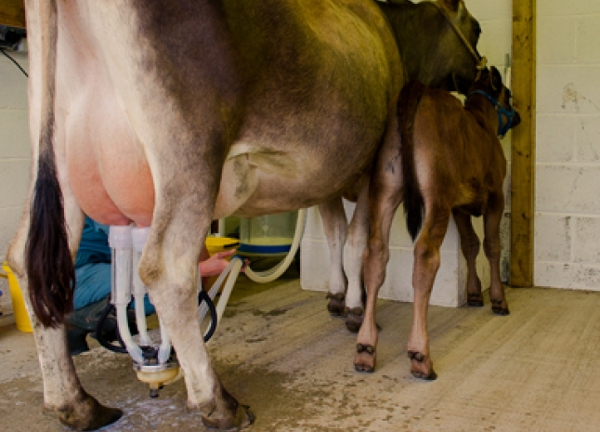
Cow-calf dairying part 7: introducing milking without the calf suckling
When a lamb or calf suckles, they bunt their mum’s udder with their heads to stimulate release of more milk. If you are share-milking, as a calf grows this bunting can quickly become so strong that it can easily knock the cluster off the other three teats.
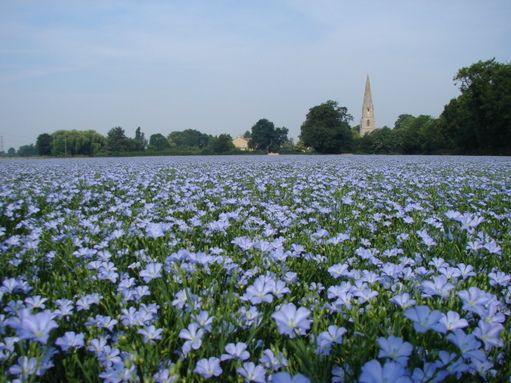
The linen journey: locally-grown flax to yarn
In a spin-off from The Wool Journey series of blog posts, The Natural Fibre Company shares The Linen Journey, in which Sonja Bargielowska explores flax’s journey from field to yarn.
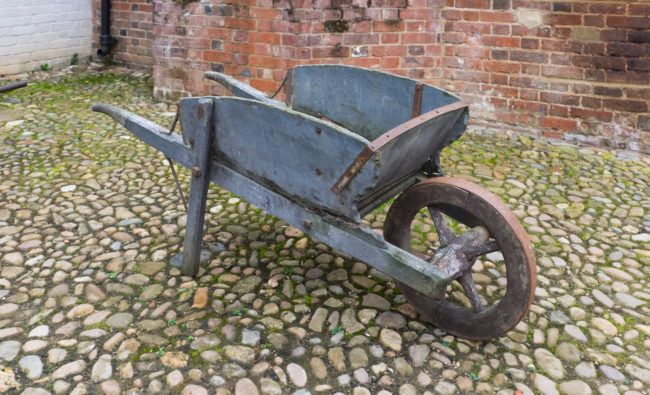
In praise of the wheelbarrow: low-impact transportation at its best?
Perhaps these days most commonly associated with the garden, there’s more to the humble wheelbarrow than you might think. Sophie Paterson explores its potential, past and present, as a low-impact form of transportation.
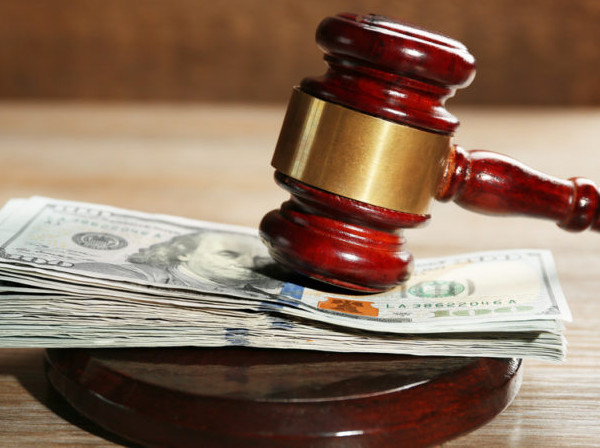
‘Investor protection’ in trade deals: why can’t multinational corporations take out insurance rather than have taxpayers underwrite them?
First some background: the Investor-state Dispute Settlement, or ISDS (new name – Investment Court System, or ICS) is a mechanism whereby corporations can sue governments that introduce legislation that they claim reduces their potential to make profit
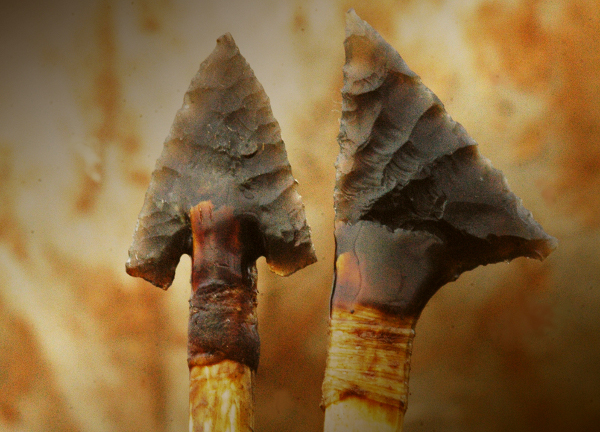
It can’t possibly be a bad thing to live in the wild and to harvest both plants and animals for food – can it?
A group of us are attempting to have a debate about the sustainability of meat production, but I’ve realised that our differences are much deeper.
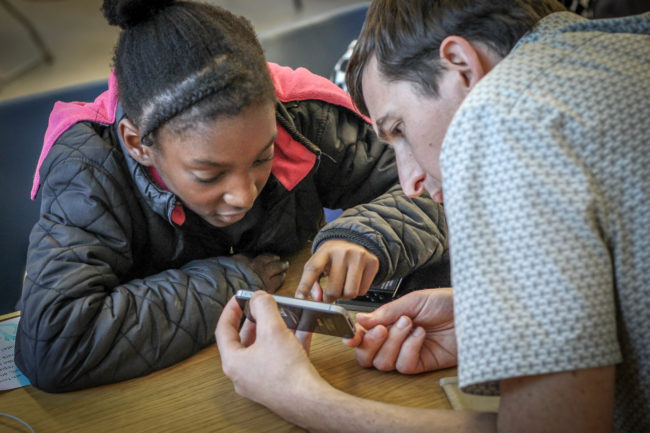
Reduce, reuse… repair? The repair renaissance building skills and communities
With UK media decrying a recent YouGov survey revealing a whopping 69% of 18-24 year olds in the UK don’t know how to bleed a radiator and 54% would be flummoxed replacing a fuse, what hope is there for a repair renaissance amidst the current tide of throwaway consumerism?
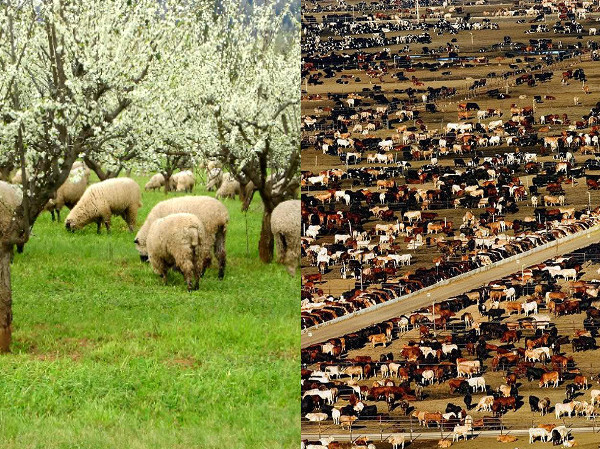
Does the sustainability of meat production depend on the size of a holding and the number of animals kept on it?
I want to investigate at what size meat production becomes unsustainable (in terms of acreage, number of animals etc.) – i.e. whether it can be sustainable at all, and if so, whether there’s an upper limit, above which it can’t be sustainable
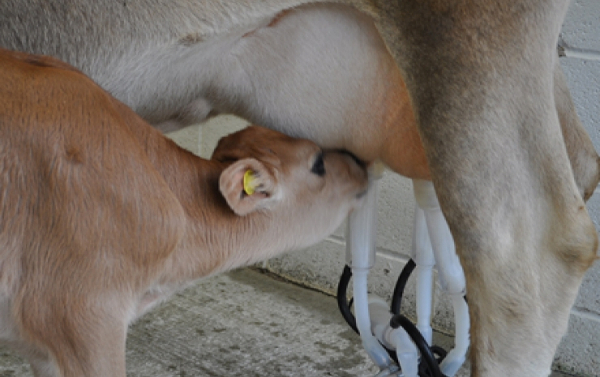
Cow-calf dairying part 6: share milking
I have found that the first few days after a heifer has calved are critical when it comes to creating a positive association with feeding her calf and being milked by machine.
